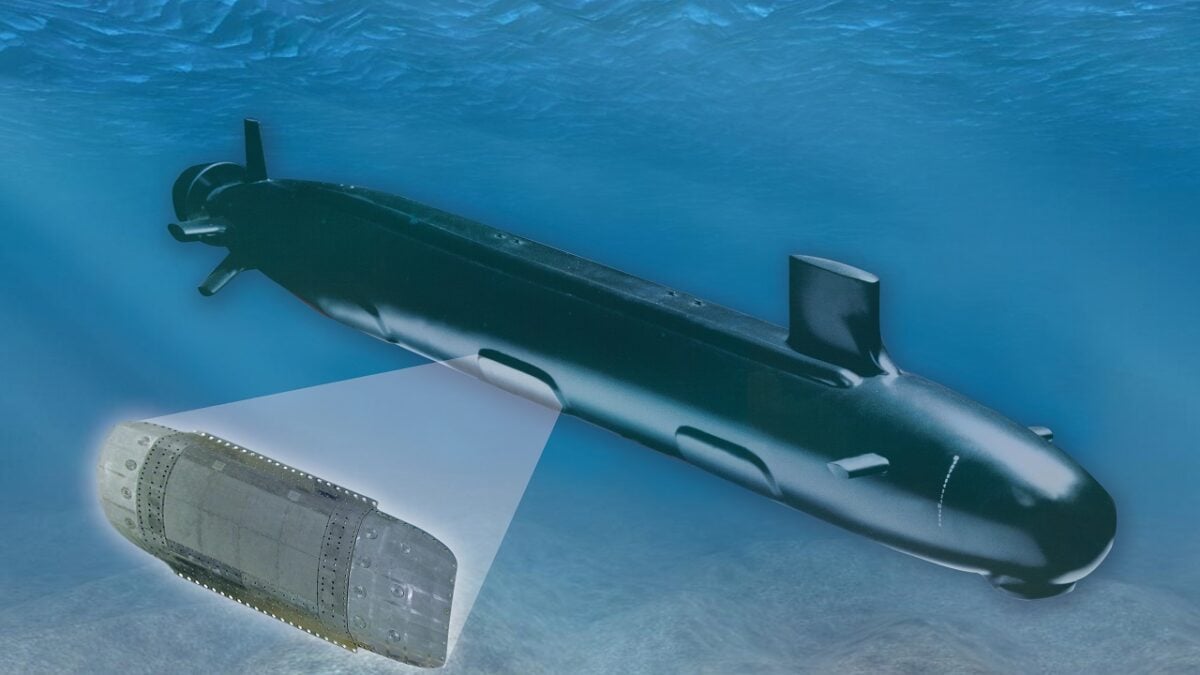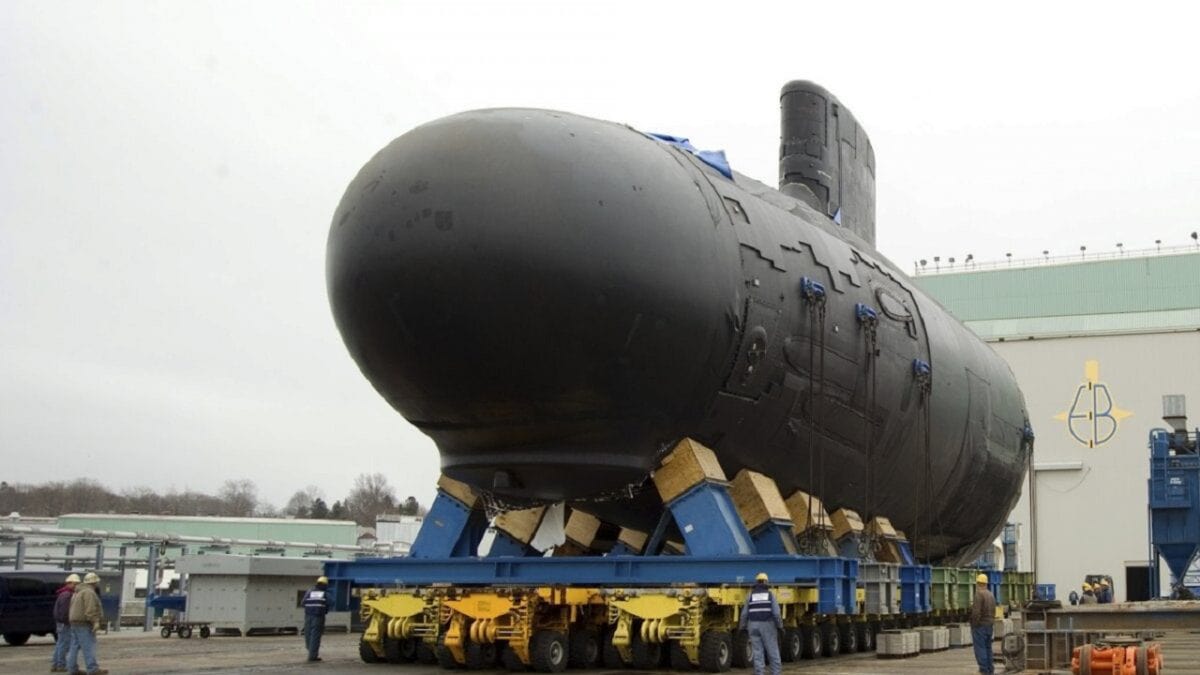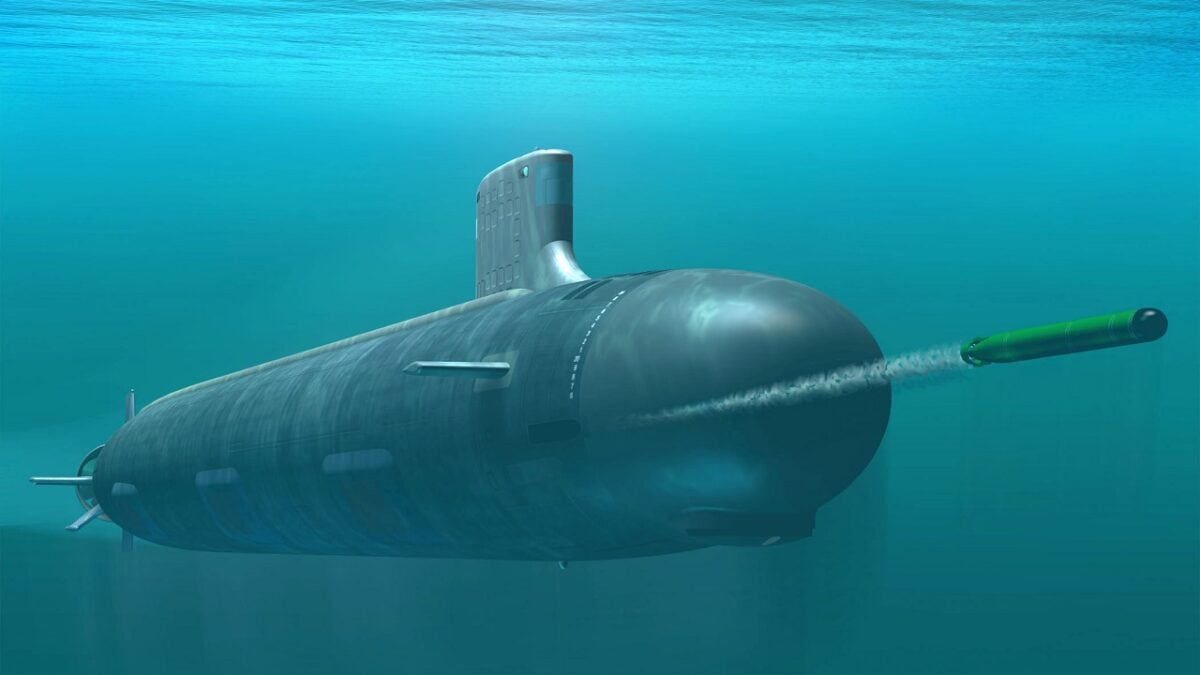Navy SEALs Attack from Submarines? Yes, But It Ain’t Easy.
Submarine special-operations have become a staple of the Navy SEAL Teams and one of the US military’s most valuable capabilities. It just isn’t easy, for sure.
In August 1942, US Marine Raiders conducted the first amphibious attack ever launched from submarines.
During the raid on Makin Island, the USS Nautilus and USS Argonaut landed 200 Marine commandos on the small Japanese-held island with the goal of destroying enemy installations, capturing prisoners, and gathering intelligence.
Although the raid was neither a success nor a failure — the Marine Raiders achieved some objectives but failed on others — it paved the way for future special operations from submarines.
Since World War II, advances in submarine and combat diving technology have allowed for far more complex submarine operations involving commandos.
Nowadays, submarines don’t have to surface to land special operators, as they did during the Makin Island raid, and can instead deploy commandos while submerged.
Submarine operations can be used to ferry a special-operations team close to a target without leaving a trace, making them the perfect starting point for a special reconnaissance, direct action, sabotage, hostage rescue, or personnel recovery operations.
Navy SEALs, the maritime component of US Special Operations Command, are the natural choice for such operations. From the start, SEAL training emphasizes the water element, and all SEALs get advanced underwater training.
But Navy SEALs aren’t the only special-operations unit in the US military that can launch from submarines. For example, Army Special Forces combat diver teams also train and conduct submarine operations.
The difference between the two units, however, is that Green Berets use combat diving as an insertion method — a way to the target — whereas Navy SEALs can also conduct direct action or sabotage operations at sea after launching from a submarine.
Some submarine operations can last for long periods of time. The special-operations contingent aboard can be underway for days, weeks, or even months.
For example, during the Falklands War in the South Atlantic, British Special Boat Service commandos — the UK equivalent of SEAL Team Six — spent several weeks on submarines as they deployed from the UK to the Falklands to begin operations against Argentina.
When underway, the special-operations element will usually “make do” — sleeping, eating, planning, and working out wherever there is a little spare room, such as in the torpedo room.
To prepare for submarine operations, Navy SEALs and other commandos with a maritime specialty conduct realistic training exercises, such as escape trunk drills in pools or reservoirs and dockside training on moored submarines.
Escape trunk drills are very important. Combat divers and submariners are placed in a spherical trunk about 6 feet tall that is flooded with water almost to the nose level. The trunk is placed at the bottom of the pool or reservoir. The person inside can breathe but can’t do much more.
Then the trunk’s hatch is opened to flood the last few inches, immersing the person inside and forcing him to swim 30 feet or 40 feet to the surface. This drill is used to simulate escaping from a sunk submarine.
“Submarine operations are always tricky and dangerous. You can’t get complacent regardless how many platoons you have under your belt. But they are also very useful for several contingencies,” a former Navy SEAL officer told Insider.
“Locking out and locking in — respectively, exiting and reentering a submerged submarine — are tricky affairs, especially if conducted in the dead of night. The ocean can get pretty dark at night. You can’t even see your hand in front of your face, [it’s] that dark,” the former officer said.
“That’s why we always operate in pairs, and operators are tied together by a rope. But these procedures are important, and we must master them for they allow us to infiltrate and exfiltrate clandestinely,” the former officer added.
During lock-out and lock-in operations, Navy SEALs and other combat divers enter a specially designed room on top of the submarine, called the “lockout trunk,” with their scuba gear. Then, the trunk slowly floods with water to match the outside water pressure.
Once that pressure is reached, the commandos open the hatch and swim out of the trunk, retrieving mission-essential gear from boxes fitted to the submarine’s hull. The submarine remains underwater but close to the surface because the lower pressure there allows the commandos to operate.
“During a lockout operation, you have to be careful with the air levels, ensuring that the air supply within the trunk doesn’t become over-polluted with CO2, because that can prove deadly or compromise the mission by emitting bubbles the enemy can pick up on sonar. It’s a delicate process,” the former Navy SEAL officer said.
In a conflict with China or Russia, submarine operations are a great way to deploy special-operations forces close to an enemy target.
The South China Sea, where Beijing is building and fortifying scores of man-made islands, or the Black Sea, where Moscow is turning Crimea into a fortress, would be ideal environments for such operations.

Block IV Virginia-class Submarine.

Image of Block III US Navy Virginia-class Submarine.

030521-D-9078S-001
(May 21, 2003) — This conceptual drawing shows the new Virginia-class attack submarine now under construction at General Dynamics Electric Boat in Groton, Conn., and Northrop Grumman Newport News Shipbuilding in Newport News, Va. The first ship of this class, USS Virginia (SSN 774) is scheduled to be delivered to the U.S. Navy in 2004. U.S. D.O.D. graphic by Ron Stern. (RELEASED)
Stavros Atlamazoglou is a defense journalist specializing in special operations, a Hellenic Army veteran (national service with the 575th Marine Battalion and Army HQ), and a Johns Hopkins University graduate.
Related Posts
By accepting you will be accessing a service provided by a third-party external to https://oc3anclub.com/

